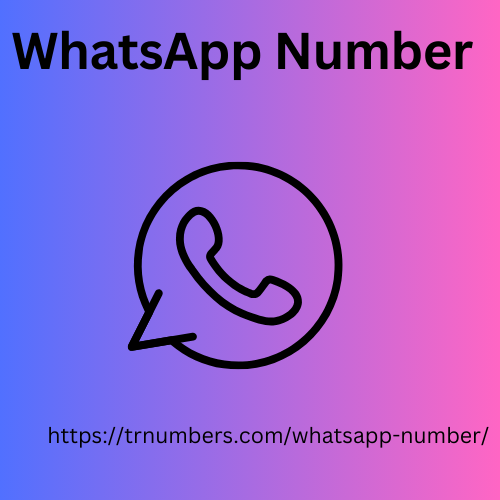H3: Unlocking the Anatomy of a Cell Phone Number
A typical cell phone number can WhatsApp Number be broken down into three key parts:
Country Code (MCC): This is a three-digit code that identifies the country to which the phone number belongs. For example, the United States has an MCC of 311, while Canada uses 310.
Mobile Network Code (MNC): This is a two or three-digit code that identifies the specific mobile network operator (MNO) within a country. In the US, common MNCs include 004 for Verizon, 001 for AT&T, and 123 for T-Mobile.
Mobile Subscriber Identification Number (MSIN): This is a unique seven or eight-digit number assigned to a specific mobile device on a particular network. The MSIN essentially acts as the individual identification number for your phone within the mobile network.
Example: A cell phone number with the format 311-414-1234567 represents:
Country Code (MCC): 311 (United States)
Mobile Network Code (MNC): 414 (This is a fictional MNC for illustrative purposes)
Mobile Subscriber Identification Number (MSIN): 1234567
H3: Beyond the Basics: Understanding Number Portability
Previously, switching mobile network providers meant getting a new cell phone number. However, with Number Portability, you can retain your existing phone number even when changing carriers. This is achieved through a centralized database that links your MSIN to your new carrier's network.
H3: The Future of Cell Phone Numbers: Embracing Innovation
As technology evolves, so too do cell phone numbers. Here are some emerging trends:

Virtual Phone Numbers: These cloud-based numbers allow you to receive calls and texts without a physical SIM card. This offers flexibility for businesses or individuals who need separate numbers for specific purposes.
Evolving Network Infrastructure: The rise of 5G networks and Voice over IP (VoIP) technology may influence how cell phone numbers function in the future.
While the core structure of cell phone numbers remains similar, understanding the underlying components and emerging trends can empower you to navigate the ever-changing world of mobile communication.


